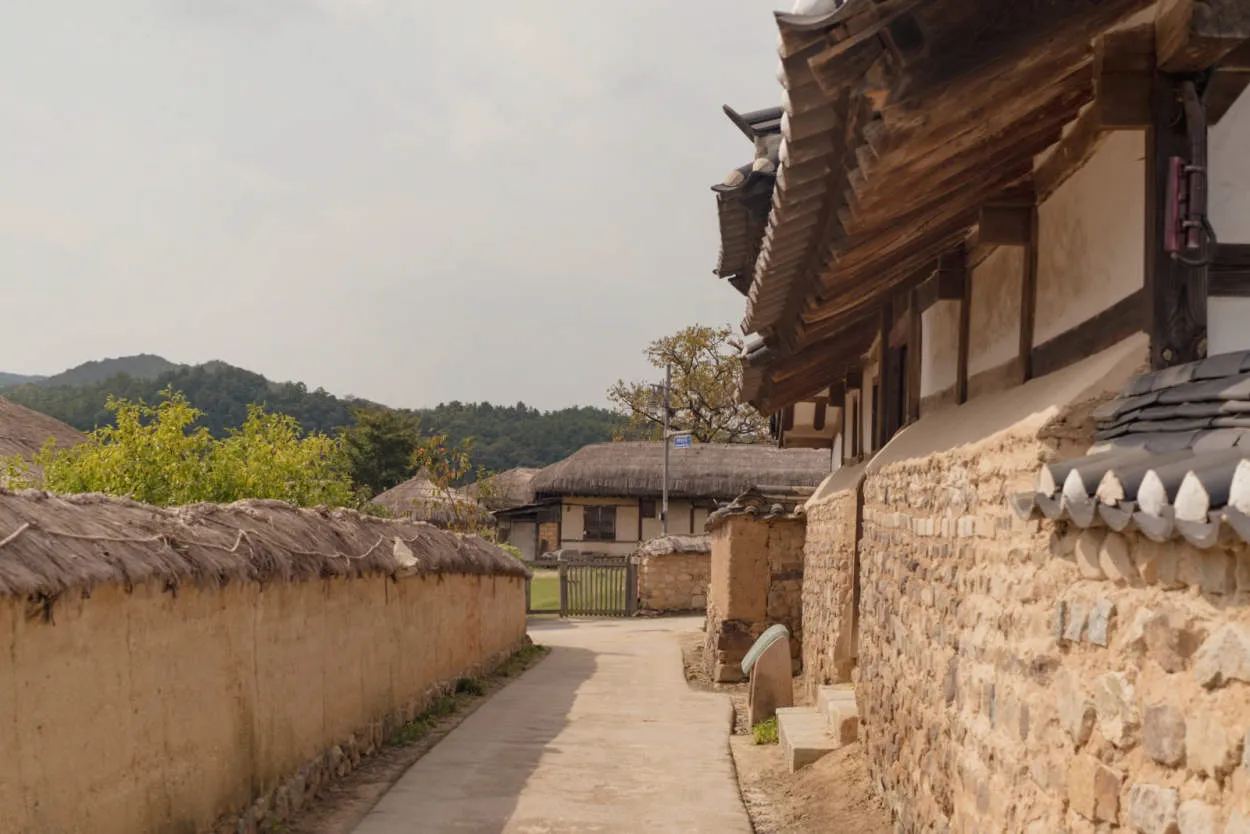Step back in time and immerse yourself in the rich history of Korea’s Joseon era with a visit to Andong Hahoe Village. This UNESCO World Heritage site offers a glimpse into traditional Korean architecture, cultural traditions, and a way of life that has remained largely unchanged for centuries. Get ready to embark on a time-traveling adventure like no other!
Cultural Significance
Andong Hahoe Village is a place of great cultural significance as it offers visitors a unique opportunity to travel back in time to Korea’s Joseon Era. This traditional village showcases the architectural style, lifestyle, and heritage of the era, providing an immersive experience for those interested in Korean history and culture.
Hahoe Village is renowned for its well-preserved traditional houses, some of which date back over 500 years. These houses offer a glimpse into the daily life of the Joseon people, with their wooden beams, thatched roofs, and traditional courtyard designs.
One of the main attractions of Andong Hahoe Village is the Hahoe Mask Dance. This traditional art form has been passed down for generations and depicts various characters from Korean folklore. Visitors can witness these vibrant performances and appreciate the storytelling that is woven into the dances.
Additionally, the village’s location by the Nakdong River and beneath the Hwasan Mountain provides a stunning natural backdrop that further enhances its cultural significance. The surrounding environment has influenced the lifestyle and traditions of the village, making it an important part of Korean history and identity.
Overall, Andong Hahoe Village is a must-visit destination for anyone interested in exploring the rich cultural heritage of Korea’s Joseon Era. Its well-preserved architecture, traditional performances, and beautiful natural scenery make it an immersive and enlightening experience for history and culture enthusiasts alike.
Traditional Hanok Houses
In the heart of South Korea lies Andong Hahoe Village, a fascinating destination that allows visitors to travel back in time to Korea’s Joseon Era. One of the highlights of this village is the presence of traditional Hanok houses, which are a quintessential part of Korean history and culture.
Hanok houses are characterized by their unique architectural style, featuring timber frames, clay walls, and tiled roofs. The design of these houses reflects the principles of harmony with nature and the balance between yin and yang.
Walking through Andong Hahoe Village, visitors can experience the charm of these traditional houses. The village is filled with well-preserved Hanok houses, some of which have been converted into guesthouses, allowing tourists to truly immerse themselves in the local culture.
Inside the Hanok houses, you can find a beautiful blend of simplicity and functionality. The furniture and decorations are minimalistic, emphasizing natural materials and earthy colors. This creates a serene and peaceful atmosphere, perfect for escaping the hustle and bustle of modern life.
Staying in a Hanok house also offers a unique opportunity to experience the traditional Korean lifestyle. From sleeping on the heated floor known as “ondol” to wearing a hanbok (traditional Korean clothing) and sipping tea in the peaceful courtyard, visitors can truly indulge in the traditions of the past.
Andong Hahoe Village and its traditional Hanok houses provide a glimpse into Korea’s rich history and cultural heritage. The preservation of these houses not only showcases the architectural brilliance of the past but also allows visitors to appreciate the values and way of life cherished by previous generations.
Festivals and Events
The Andong Hahoe Village is a unique cultural destination in South Korea that allows visitors to travel back in time to the Joseon era. This village, located in Andong City, offers a rich experience of traditional Korean heritage and customs.
One of the highlights of visiting Andong Hahoe Village is the opportunity to witness various traditional festivals and events throughout the year. These events showcase the vibrant culture and history of the region, captivating both locals and international tourists.
Hahoe Mask Dance Festival
The Hahoe Mask Dance Festival is a renowned event held annually in Andong Hahoe Village. This festival celebrates the traditional Hahoe mask dance, an intangible cultural heritage of Korea. The performances, accompanied by traditional music, showcase the exquisite masks and graceful movements, providing a captivating glimpse into the past.
Andong Folk Festival
The Andong Folk Festival is another exciting event that takes place in the village. It offers a range of traditional activities and performances, including folk music, dance, and games. Visitors can actively participate in these festivities, immersing themselves in the vibrant atmosphere and connecting with the local culture.
Andong International Mask Dance Festival
The Andong International Mask Dance Festival is a captivating celebration that attracts performers and spectators from all over the world. This event showcases various styles of mask dance performances, representing different cultures and traditions. It is an excellent opportunity to appreciate the diversity of mask dances and witness the unique fusion of international art forms.
Visiting Andong Hahoe Village during these festivals and events is an incredible way to experience the charm of Korea’s Joseon era. The village comes alive with enthusiastic performances, cultural exhibitions, and traditional activities, offering an immersive journey into the past.
Conclusion
In conclusion, visiting Andong Hahoe Village is like taking a step back in time to experience the rich cultural heritage of Korea’s Joseon Era. With its traditional houses, stunning natural beauty, and immersive cultural activities, this ancient village offers a unique and authentic glimpse into the country’s past. Exploring Hahoe Village is a must for anyone seeking to truly understand and appreciate Korea’s history and traditions.



